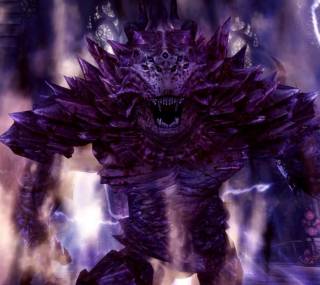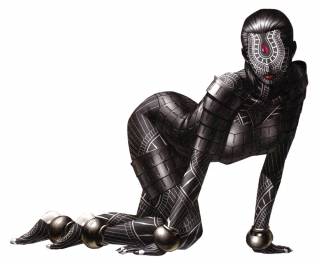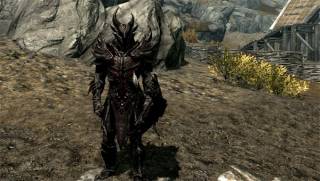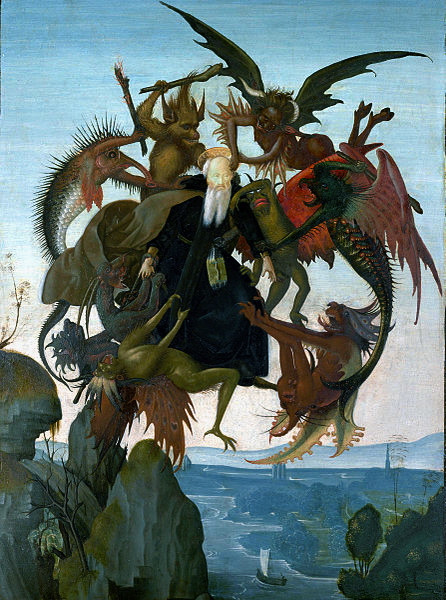Here is a story...
Once upon a time, Japanese games dominated maybe 60% of everything released on consoles. Their unique cultural perspective, artistic style, and design philosophy was the backbone of the entire console experience - the 3rd, 4th and 5th generation were dominated by three Japanese companies. Mario, Sonic, Link, Samus, Cecil, Terra, Cloud, Squall, Ryu, Snake - these were some names that arose in that glorious era.
But then something began to happen. The powerful Japanese economy, once expected to surpass the USA in wealth, became just one country amongst many big late capitalist societies. SEGA folded in the console making business. Microsoft entered the console business. The platformer and JRPG fell, and the shooter arose. Japanese developers started concentrating on the popular handheld market. Fewer games were localised.
Now, although I very much doubt Sony or Nintendo are going anywhere, this benign Japanese aesthetic seems to me, to be in decline, being replaced by a hegemony of games that follow very narrow consumerist goals. The west has it's own formidable artistic traditions; but many developers don't follow them, or treat them quite superficially, in my experience. I'm not saying that Japan doesn't also suffer from mindless consumerism (hello generic moe bs), but developers there don't seem to regard learning or art as pretentious; rather it's just taken for granted that having a degree level understanding of art of philosophy might improve a game.
Sony has been replaced as perhaps the biggest maker of consumer electronics in the world, I think by the South Korean manufacturer Samsung - and Nintendo, while still the undisputed masters of the handheld, have released a home console that nobody seems to be buying (yet?) Vast amounts of unique and interesting games are still being produced, and sold in East Asia, but sadly without localisation - and in genres that a lot of people in the west consider a waste of time, like visual novels.
What makes Japanese games feel so different?(An opinion).
Here is one thing I think accounts for some of the differences (especially in RPGs):
Japan is an irreligious country, kinda like most of western and nothern Europe. People don't take religion literally or seriously for the most part. Kinda like English people still use the Church of England out of 'tradition', Japanese people still attend the Shinto/Buddhist ceremonies for the sake of tradition, but don't get riled up if someone creates an action figure out of a Buddhist Wisdom King.
But Buddhist philosophy still influences Japanese art to a huge degree. Including games. Completely separated from the organised religion itself, the design ethics of 'wabi sabi' and 'mono no aware', both infuse everything from anime, to architecture, to literature, to games.
What the hell are they?
Well, the Buddhists have a philosophy which seeks to acknowledge the impermanent state of life and natural decay of reality. Rocks will one day crumble from erosion. The planet will one day be engulfed by the Sun's fusion. Our bodies grow old, and even the longest lived tree eventually sheds it's last leaf. Buddhist philosophy also seeks to understand the ego, Shintoism strongly emphasises spirits of the natural world, and esoteric Buddhism in particular likes to use archetypes and mythological creatures to illustrate concepts. So, to remind about fundamental truths, Japanese art is often naturalistic, emphasises subtle emotions, employs archetypes and symbols in monsters, and incorporates a strong sense of the beauty that time and decay brings - just look at Final Fantasy for an example of a world with a 'lived in' feel.
Japan is by no means the only country to have arrived at such aesthetics; but I honestly think western developers don't as often incorporate complex themes into their work (feel free to disagree, it's just an opinion). There is great stuff like Deus Ex. But stuff like that does not come along too often.
Demons
I love western games, but I personally would like to see more of an alternative. To give an example, have you every noticed how similar demons look in so many western games. It's like a graphical designer, with no knowledge of art history, no knowledge of what demons represented symbolically, no experience of philosophy, just sat there and thought "more horns - more spikes - more polygons!!!!! - thats so badass looking" It ends up looking like bland enemy no. 204.




Log in to comment